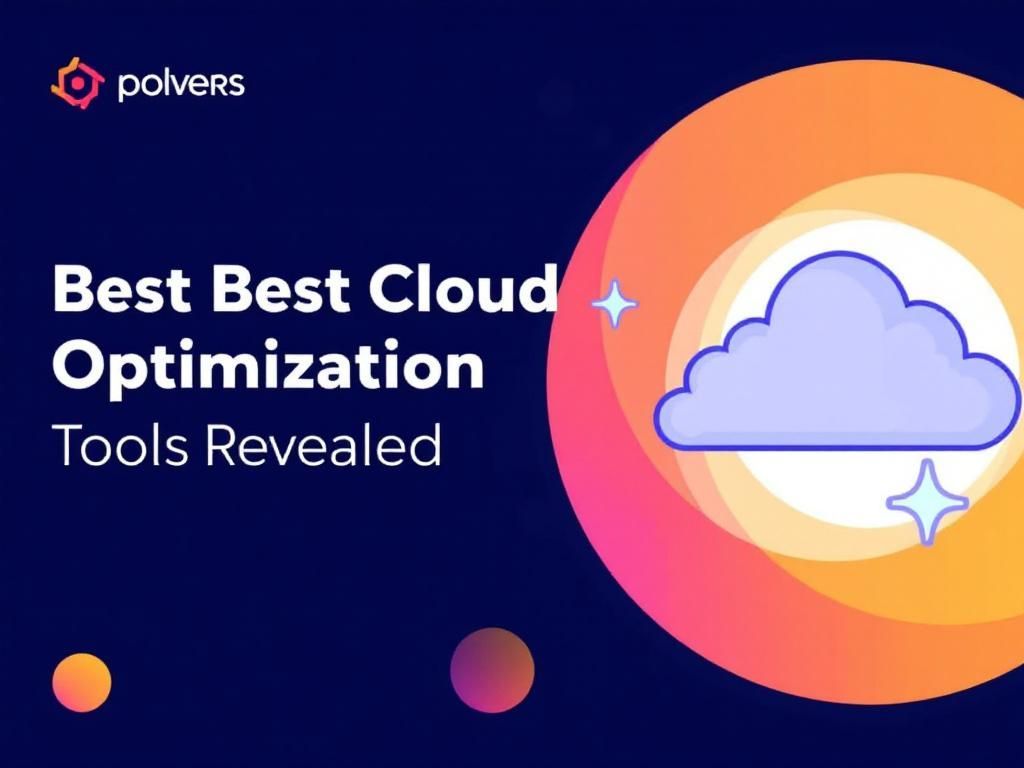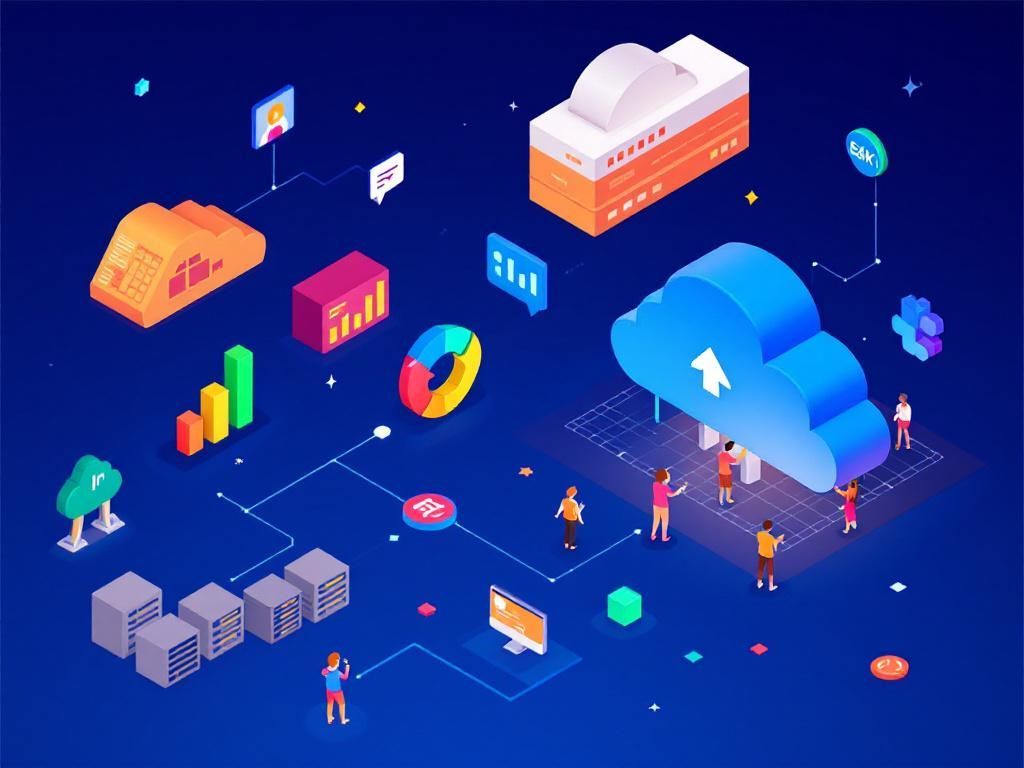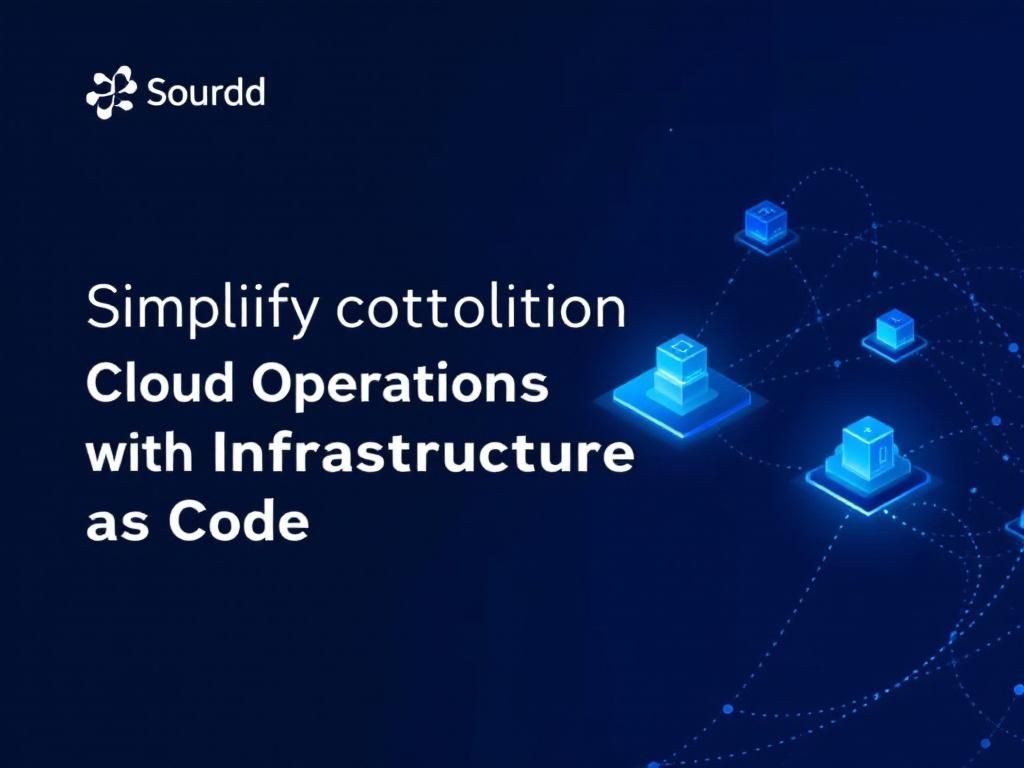Unlocking Serverless Solutions for Developers
Discover how serverless solutions can streamline development processes, enhance scalability, and reduce costs for modern developers.

In recent years, the tech landscape has shifted dramatically towards serverless architectures, offering developers the ability to scale applications without the complexities of managing server infrastructure. This paradigm shift has opened new doors for innovation, allowing developers to focus on writing code and delivering features faster than ever before. In this article, we will explore what serverless computing is, its benefits, challenges, and how developers can effectively leverage this technology to enhance their projects.
Table of Contents
Understanding Serverless Computing
Serverless computing is a cloud computing model that abstracts server management away from developers. In this model, applications are hosted in the cloud, and the cloud provider dynamically manages the allocation of resources. This allows developers to deploy applications without worrying about the underlying servers, which can significantly streamline development processes.
Key Characteristics of Serverless Architectures
- Event-Driven: Functions are triggered by events (e.g., HTTP requests, database changes).
- Stateless: Each function invocation is independent, and state must be managed externally.
- Automatic Scaling: Resources automatically scale based on demand, accommodating varying workloads.
- Pay-per-Use: Users are charged only for the compute time consumed during execution, making it cost-effective.
Benefits of Serverless Computing for Developers
Adopting a serverless approach presents numerous advantages that can lead to enhanced productivity and agility in development. Here are some benefits developers can expect:
1. Simplified Deployment Process
With serverless computing, developers can deploy applications without needing to provision or manage servers. This reduces the barrier to entry and allows teams to focus on writing code. Tools such as AWS Lambda, Azure Functions, and Google Cloud Functions offer straightforward deployment methods, often integrating seamlessly with CI/CD pipelines.
2. Cost Efficiency
The pay-as-you-go model of serverless computing means that developers only pay for the resources they use. This is particularly beneficial for startups and projects with fluctuating demand, as it helps avoid over-provisioning resources and incurring unnecessary costs.
3. Accelerated Time to Market
Serverless architectures allow for rapid development cycles. By eliminating the need to manage infrastructure and automating scaling, teams can focus on building features and improving user experience. This is particularly important in today’s fast-paced tech environment, where speed to market can be a significant competitive advantage.
4. Enhanced Collaboration
The serverless approach encourages a microservices architecture, where individual functions are treated as independent services. This modularization facilitates collaboration among teams, as different teams can work on distinct functions without interfering with each other’s work.
Challenges of Adopting Serverless Solutions
Despite its many advantages, serverless computing is not without its challenges. Developers should be aware of the potential hurdles associated with this architecture.
1. Cold Start Latency
Serverless functions can suffer from cold start latency, particularly if they haven’t been invoked recently. This latency occurs when a function is initialized for the first time, leading to delays in execution. To mitigate this, developers can adopt strategies such as:
- Keeping functions warm by periodically invoking them.
- Utilizing provisioned concurrency features offered by some cloud providers.
2. Limited Execution Time
Most serverless platforms impose limits on the maximum execution time for functions, which can be a constraint for long-running processes. Developers need to design their applications to handle these limitations, possibly by breaking tasks into smaller, more manageable chunks.
3. Monitoring and Debugging Complexity
Debugging serverless applications can be more complex than traditional applications, as the execution environment can be dynamic and ephemeral. Developers need to implement robust logging and monitoring tools to track performance and errors effectively.
Best Practices for Developing Serverless Applications
To ensure the successful implementation of serverless architectures, developers should follow best practices that enhance performance, maintainability, and security.
1. Design for Immutability
Since serverless functions are stateless, designing your application components to be immutable can simplify development and maintainability. This approach ensures that functions do not retain state between invocations, which aligns with serverless best practices.
2. Use API Gateway for Routing
Implement an API Gateway to route requests to the appropriate serverless functions. This abstracts the complexity of function management and provides a centralized entry point for all API requests.
3. Manage Secrets Securely
When dealing with sensitive data, it’s crucial to manage secrets securely. Use services like AWS Secrets Manager or Azure Key Vault to store and retrieve sensitive information, preventing hardcoding secrets into your application code.
4. Optimize Function Size
Keep your serverless functions lightweight by only including necessary dependencies. A smaller function size reduces cold start latency and improves deployment times.
Popular Serverless Platforms
Several cloud providers offer serverless solutions, each with its unique features and capabilities. Below is a comparison of some popular platforms:
| Platform | Key Features | Languages Supported |
|---|---|---|
| AWS Lambda | Integration with AWS services, provisioned concurrency, custom runtimes | Node.js, Python, Java, Go, Ruby, .NET |
| Azure Functions | Supports various triggers, integration with Azure services, Visual Studio integration | C#, JavaScript, Python, Java, PowerShell |
| Google Cloud Functions | Event-driven architecture, built-in monitoring, integrates with Google Cloud | Node.js, Python, Go, .NET |
Conclusion
Serverless computing is not just a trend; it represents a fundamental shift in how developers approach application architecture. By embracing this model, developers can unlock new levels of efficiency, agility, and innovation. While challenges exist, understanding the benefits and best practices associated with serverless solutions will empower developers to leverage this technology effectively and build robust applications that meet the demands of today’s dynamic digital landscape.
FAQ
What are serverless solutions?
Serverless solutions are cloud computing execution models where the cloud provider dynamically manages the allocation and provisioning of servers. This allows developers to focus on writing code without worrying about the underlying infrastructure.
How do serverless solutions benefit developers?
Serverless solutions allow developers to reduce operational overhead, scale applications automatically, and pay only for the compute time they consume, leading to cost savings and increased efficiency.
What are some popular serverless platforms?
Popular serverless platforms include AWS Lambda, Google Cloud Functions, Azure Functions, and IBM Cloud Functions, each offering unique features tailored for different development needs.
Can serverless solutions handle large-scale applications?
Yes, serverless solutions are designed to scale automatically with demand, making them suitable for large-scale applications without the need for manual intervention.
What programming languages are supported by serverless frameworks?
Most serverless frameworks support multiple programming languages, including JavaScript, Python, Java, Go, and C#, allowing developers to use their preferred language.
What are the common use cases for serverless architecture?
Common use cases for serverless architecture include web applications, APIs, data processing, real-time file processing, and event-driven applications.








